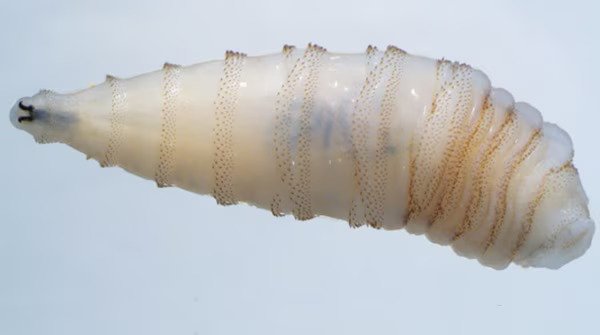AUSTIN (KXAN) — On Friday, Texas Governor Greg Abbott will host a press conference alongside U.S. Secretary of Agriculture Brooke Rollins to address “plans to fight back against threats posed by the New World screwworm.”
According to the U.S. Department of Agriculture, New World screwworms is an invasive species that burrows fly larvae into fresh wounds of living animals like livestock, pets and occasionally people. The damage they cause can be deadly.
The animal is named after their feeding behavior, with the larvae screwing into the flesh of their victims.
In June, the Department of Agriculture reported that screwworms were detected about 700 miles from the southern border. Cattle imports were suspended from Mexico to prevent an infestation in the states.
This drew concern from Governor Abbott earlier in the year. He established a Texas New World Screwworm Response Team.
According to Peyton Schuman, senior director of government relations for the Texas and Southwestern Cattle Raisers Association, a screwworm outbreak could cost Texas around $1.8 billion in damages to livestock annually.
The state’s hunting industry could also face issues. During the 1960s outbreak, 80% of Texas’s white tailed deer died as a result of screwworms.

The species originates in Cuba, Haiti, the Dominican Republic and some countries in South America. The pests were eradicated in the U.S. in the 1960s, but they have occasionally reemerged in Central America and Mexico.
According to the Texas A&M Agrilife Extension office, the population is controlled through the release of sterile males into the population. Using sterile populations for control was developed at the University of Texas in Austin by entomologists, Edward F. Knipling and Raymond C. Bushland.
Signs of an animal infested with the New World screwworm include:
- Foul-smelling wounds with maggots
- Animals biting or licking their wounds
- Lesions in bellybuttons, ears and where branding has occured
- Lethargy
If an infestation is suspected, Texas A&M Agrilife recommends you contact authorities, like the Texas Animal Health Commission and Texas Parks and Wildlife, and notify your veterinarian.
You should then inspect the animal for signs of infestation and collect any samples to give to authorities. There are several treatment options, including topical treatments.
